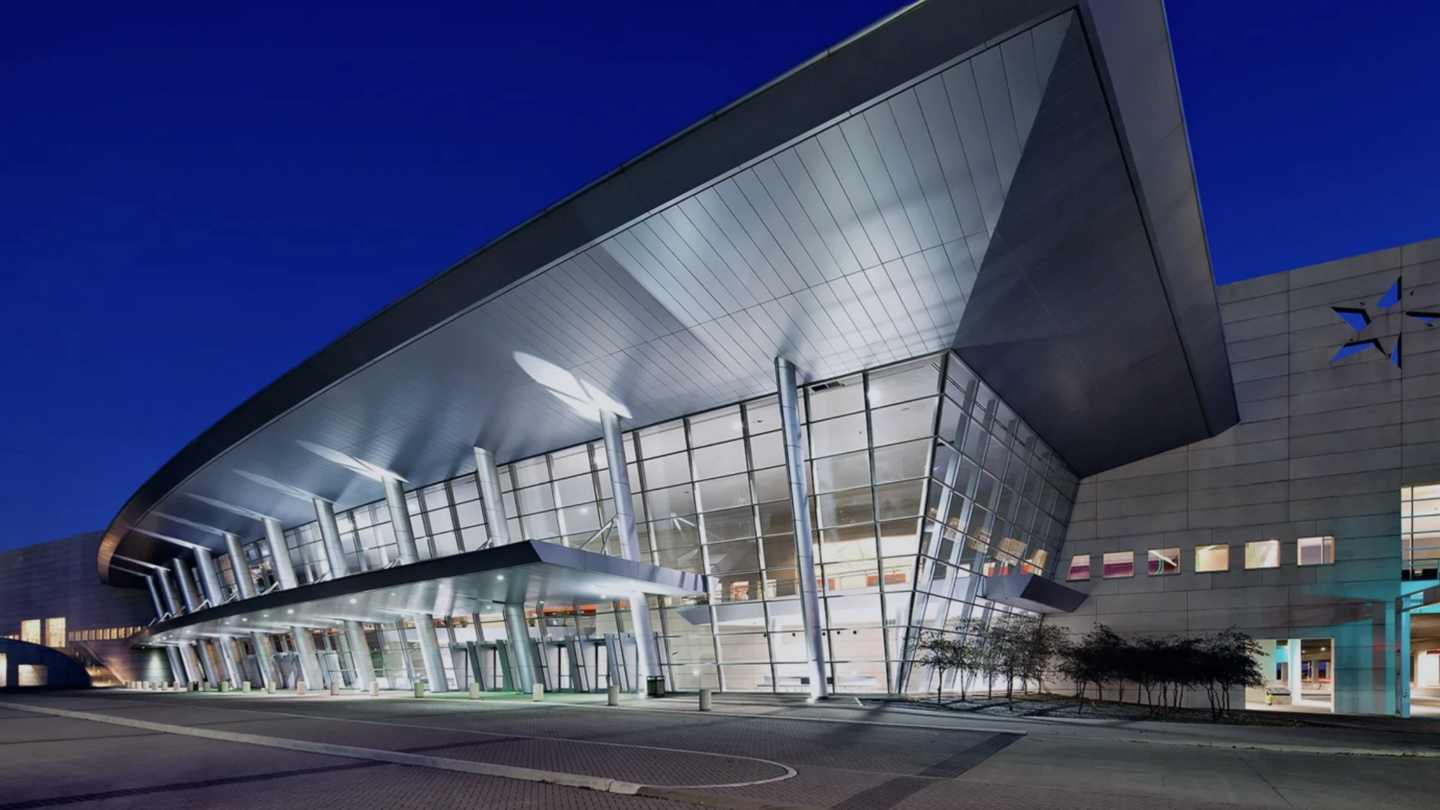The countdown is on for the Paris Olympic Games, which begin on 26 July and run until 11 August. As well as a showcase for sporting prowess and achievement, the event also presents a huge opportunity as well as a challenge to those responsible for ensuring every moment is captured and broadcast to viewers around the world, with streaming services set to play an increasingly important role.
Indeed, Rick Young, SVP and head of global products at LTN, believes that the Olympics “promises to be a real watershed moment for streaming live sports”, while Rory Renwick, business development director at Accedo, says streaming is set to be a fundamental part of the Olympics, “with key stakeholders, Olympics Broadcasting Service (OBS), Intel, NBCUniversal, Warner Bros Discovery, and France Télévisions using streaming and next-generation initiatives to take Olympics coverage to a whole new level”.
The streaming opportunity
Jakub Kruczkowski, strategic business manager at Spyrosoft BSG, which until recently was known as Better Software Group, agrees that the Olympics are shaping up to be an important event for the evolution of streaming technology in sports broadcasting...
You are not signed in.
Only registered users can view this article.
NAB show review: Tariffs, technology and legacy business in the spotlight
Artist led, AI driven, fan-first media show the way forward at a NAB show dominated by tariff-suffering hardware vendors and advertiser weakened broadcast.

Virtual Production: Practical advice for lighting the volume
Adrian Pennington explores the many and varied lighting considerations for shoots within an LED volume where the ambition is to seamlessly marry virtual and real world environments.
Bright future: How CoSTAR will ideate the next wave in UK creative IP
If the UK’s creative industries are to continue to add hundreds of billions of pounds in value to the country’s economy then much will rely on the success of a new network of tech labs exploring the future of media.
 10 (1).jpg)
OTT evolution: Shifting business models, monetisation and personalisation
Over the past two decades, the over‐the‐top (OTT) industry has undergone a remarkable transformation from a niche experiment to a multi‐billion‐dollar ecosystem, writes John Maxwell-Hobbs.
.jpg)
AI through the looking glass: Digital natives
When it comes to AI, the M&E industry should take a more active interest in the views of its young people if it wants them to remain part of it, writes James McKeown.





